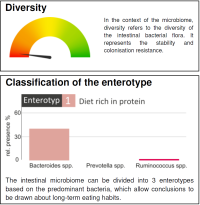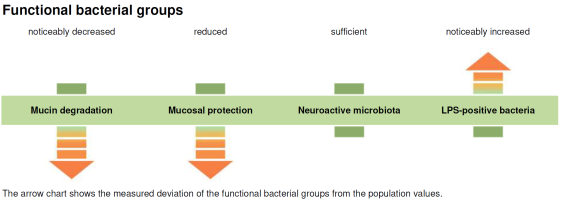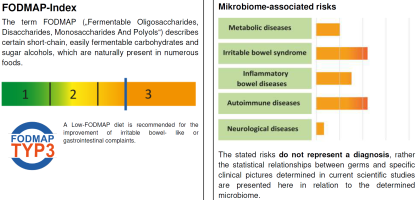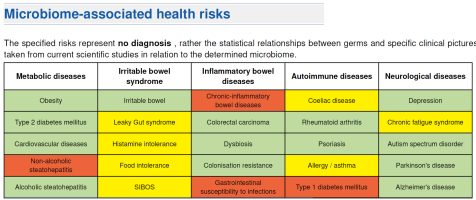OP
GreekDemiGod
Member
My microbiome results came back, it's a 17 page PDF and it looks bad. It was compiled/ analyzed by a lab in Germany.I did a microbiome stool test as indicated by my gastro, will get results back in 20 days.
Any thoughts would be welcomed.
I know this forum isn't big on microbiome diversity and puts less emphasis on it, but I could use some perspective.
@Hans @youngsinatra
Sharing part of the results:
Summary of molecular stool diagnostics, indication of:
Detection of reduced biodiversity
disrupted mucosal protection
microbiome-associated susceptibility to inflammation
microbiome-associated tendency towards Leaky Gut
possible low-grade chronic inflammation ("silent inflammation") caused by
metabolic endotoxaemia
possible bacterial miscolonisation of the small intestine (SIBOS)
microbiome-associated health risks
The analysis of your sample reveals reduced resistance of your microbiome
against infections by enterohaemorrhagic Escherichia coli (EHEC) and
Salmonella.
The analysis of your sample reveals reduced resistance of your microbiome
against infections by Clostridium difficile .
The analysis of your sample reveals a reduced resistance of your microbiome
against infections with noro viruses and rota viruses.








Last edited:
